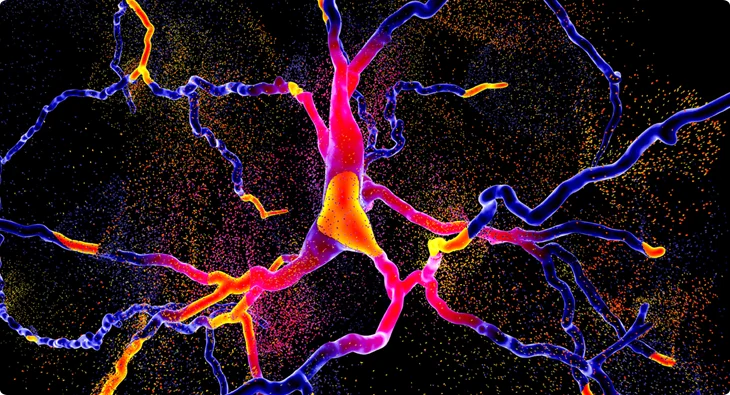Webinar: How Drug Discovery Scientists Improved Biomarker Evaluation with xMAP® Technology
To better understand a candidate therapy for neurodegenerative disorders, researchers needed an easy-to-use multiplexing technology
At the Labroots-hosted Neuroscience 2022 meeting, Diana Price from Neuropore Therapies offered a fascinating presentation about how her team is using xMAP® Technology to characterize candidate therapies in order to treat Parkinson’s disease, amyotrophic lateral sclerosis (ALS), and other neurodegenerative disorders. The one-hour talk is now available on-demand, with the option to earn P.A.C.E. CE and Florida CE credits.
Neuropore Therapies is a San Diego-based biopharma company that develops small-molecule therapies to treat neurological diseases. Their scientists aim to address the core mechanisms that underly these health conditions, in the hopes that a viable treatment can be used for more than one disorder. Among the most common disease features are inflammation in the brain and/or spinal cord.
Implementing a development strategy using xMAP Technology

Diana L. Price, PhD
Executive Director, Neuropore Therapies, Inc.
Price noted that most neurodegenerative diseases lack validated clinical biomarkers, which presents a challenge for both preclinical and clinical development. To address this, her team has implemented a translational biomarker development strategy that incorporates measurements from many different biological signals. This approach could influence not only when confirming treatment effects, but also aid in identifying biomarkers that may prove useful for future clinical trials. Thus, these biomarkers could serve as inclusion or exclusion criteria as they help to manage variables within the patient population.
For this strategy, Price and her team searched for technologies that could generate multiplexed, multimodal, and unbiased data in support of their development programs. The ideal tools would be flexible, efficient, and versatile. They selected xMAP Technology, which allowed them to measure hundreds of expressed genes or proteins at a time. According to Price, her team now deploys this technique as a “key technology” when characterizing, developing, and validating in vivo models, as well as when profiling in vivo target engagement.
Using multiplexing technology for the study of neurodegenerative disorders

To demonstrate how her team uses this multiplexing technology, Price shared details about candidate therapies that function as antagonists for toll-like receptors 2 and 9 (TLR2 and TLR9), which are the proteins associated with Parkinson’s disease and other neurodegenerative disorders. These proteins trigger a cellular inflammatory response based on the presence of pathogens or damage, which are the cause behind these neurodegenerative disorders.
An evaluation of more than 62,000 compounds revealed some candidates with promising potency and specificity for TLR2 and TLR9. Her team used xMAP Technology to perform multiplexed evaluations of plasma cytokines in wild type mice to better understand these candidate molecules.
Currently, they are evaluating these candidates for Parkinson’s disease, ALS, and Guillain-Barré syndrome, all of which are highly associated with TLR2 and TLR9. In the preclinical animal models for each disorder, it was shown that the candidate small-molecule improves multiple traits, and thus reduces protein pathology and inflammatory markers, while boosting overall health.
Learning more about xMAP Technology
xMAP Technology has made it simple for the researchers to evaluate the many different TLR and inflammation markers, as they seek to characterize the animal samples’ response to treatment. “It was such an easy evaluation to run,” Price said. Her team is very happy with how the animal models are responding. Meanwhile, some of the study results thus far have also highlighted certain biomarkers that may prove useful for measuring treatment response and/or for clinical trial criteria.

